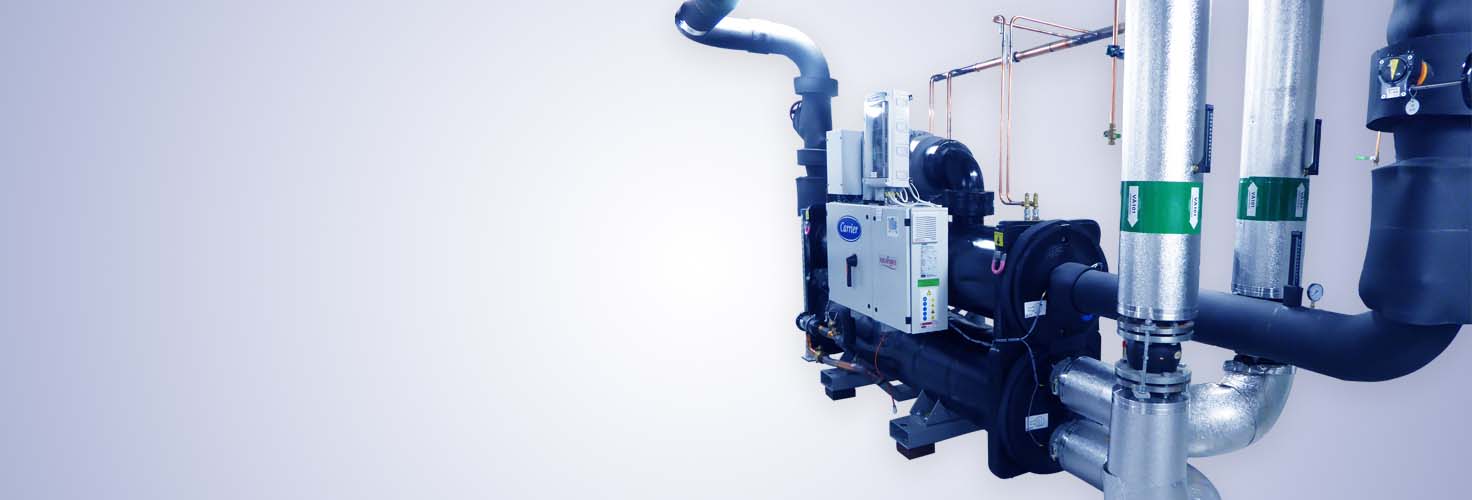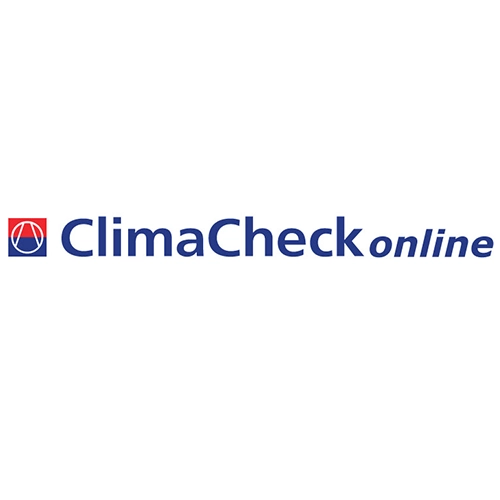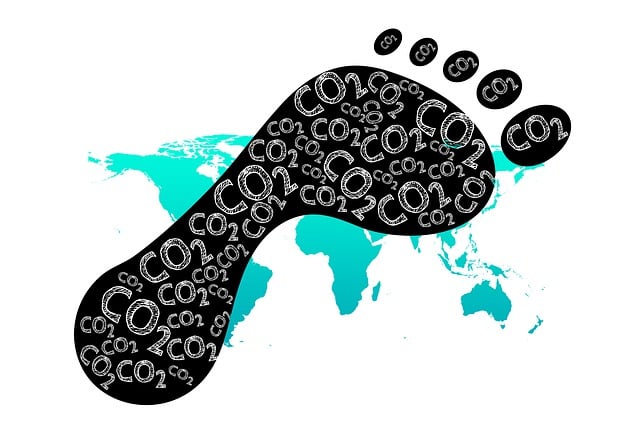New guidelines on data collection, from International Energy Agency (IEA-HPT) Annex 52 will help with optimisation of chillers and heat pumps

The pressure to improve and upgrade HVACR systems performance is on! Analyses from thousands of sites have shown us that it is possible to save 20-30% of the energy with small investments. A positive “side effect” of an optimised plant/system is also a drastically reduced failure rate, which will shorten ROI even more for the implementation of predictive maintenance as a new method for energy optimisation.
“Business as usual” in our industry rarely requires documentation of performance after systems are installed. On sites where there is some monitoring of COP or kW/RT the measuring strategies rarely allow a meaningful evaluation without a prohibitive cost in engineering hours. To avoid a time-consuming nightmare to evaluate operation and efficiency of a plant it is required that the strategy for measuring and verification is competently planned.
IEA Annex 52 – New Guideline for Instrumentation and Data
In January 2022 the result of a two-year project was presented. IEA-HPT Annex 52 released “Guidelines for Instrumentation and Data“ that will help property owners, designers, and commissioning agents to evaluate, benchmark, and optimise heat pumps and chiller systems. The scope focused on ground source systems, but it will influence how the industry works with the optimisation of all air conditioning, heat pump, and refrigeration systems. It identifies the key parameters that need to be measured and recommends data collection and analyses that take variations in operating conditions into account.
Bad strategies (or performance) lead to increased costs
HVACR systems – which consume 20% of global electricity – often use 20-30% more energy than they should because they are not optimised effectively during operations. Most problems are caused by poor commissioning and maintenance methods. Current practices fail to detect performance deviations before they result in failures or complaints.
Our conclusions of IEA-HPT Annex 52 guidelines
The first step to working cost-effectively with energy optimisation and predictive maintenance is to establish strategies for data collection and analyses. These should be scientifically based and streamlined for all installations to make benchmarking possible.
Setting up measuring systems on a case-by-case basis can be infeasibly expensive, requiring unrealistic amounts of engineering work before and after installation in order to deliver useful results.
As most of today’s installations are equipped from the start with sensors, it is more a question of how the data are collected, stored, and analysed than whether a new level of sensors should be added.
How data are sampled, stored, and made available for analyses can make the difference between data acquisition being useless or highly valuable.
Watch our on demand webinar where Professor Jeff Spitler from Oklahoma State University who co-chaired the IEA Annex 52 and Klas Berglöf, Head of R&D at ClimaCheck present the conclusions of the project and experiences from many years of field monitoring of HVACR systems.
More news

ClimaCheck online – Maintenance – 6-7/7
During this weekend (sixth and seventh of July), ClimaCheck online will be through some planned maintenance.

HVACR optimisation and the potential reduction of CO2!
Multiple organisations have evaluated the saving potential within HVACR optimisation, and reached similar conclusions: it is possible to reduce CO2 emissions by millions of tons by optimising HVACR systems.

Midsummer celebration and information on our office hours for the Summer!
This special time of year brings us together to enjoy the light, dance around the Maypole, and welcome the summer!

